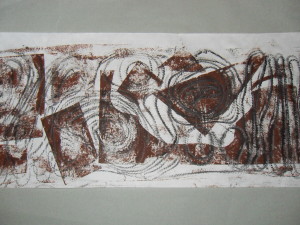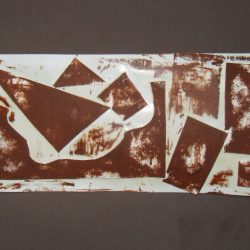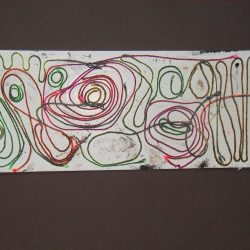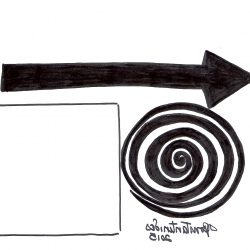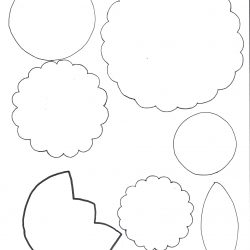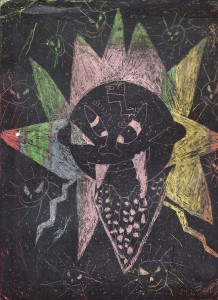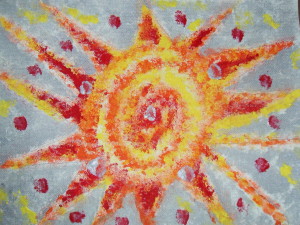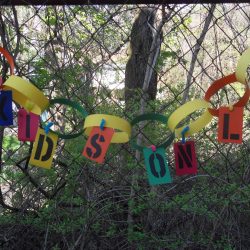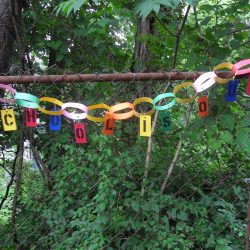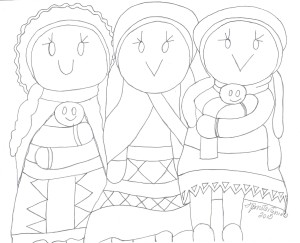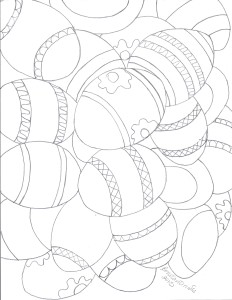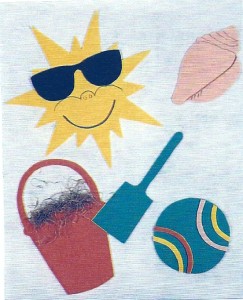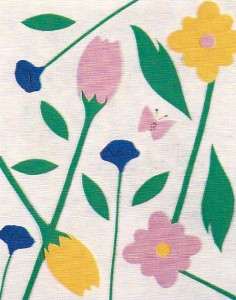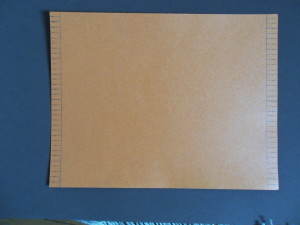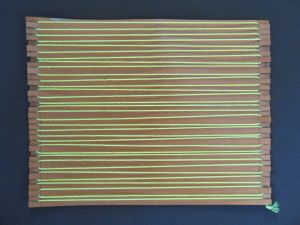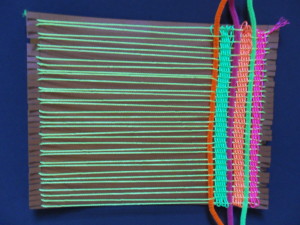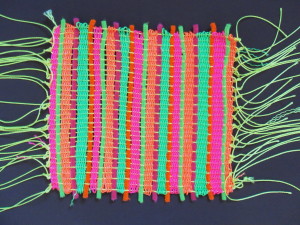Materials: Printer’s ink, black and two colors Glass surface Brayer Lightweight paper (rice or bond) Cleaner Rags
- Squeeze a line of black ink on the flat piece of glass. Roll the brayer over it and back and forth on the glass. Cover the brayer with ink.
- Find a very rough surface i.e., woven fabric, a collage of leaves, brick, stone, etc. Place the paper over this surface. Hold it firmly with one hand as you roll the inked brayer back and forth over it.
- Ink the brayer again and try another textured surface on a clean sheet of paper.
- Clean the glass and brayer thoroughly and wait to dry.
- Squeeze ink in the second color on to the glass and roll the brayer over it. Coat the entire brayer with the ink.
- Roll that color over a clean sheet of paper on another surface or roll the new color over the first sheet inked in black. Try different combinations of the two colors and black and different surfaces.
- Frame the finished textured prints or use them to make notecards.
ALTERNATIVE PROJECT:
Two textured collages,the one superimposed over the second, resulted in the textured print pictured above. The print was first printed in black ink rolled over a collage made of strings arranged in a pattern and glued to a board. Geometric patterns made from poster board comprised a second collage. After the black ink dried, the print was placed on top of this second collage. Brown ink was rolled over the geometric shapes creating the design.

